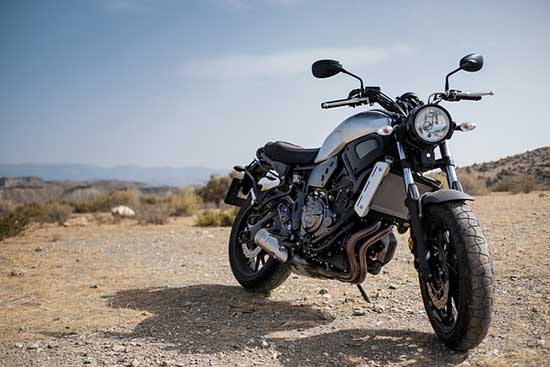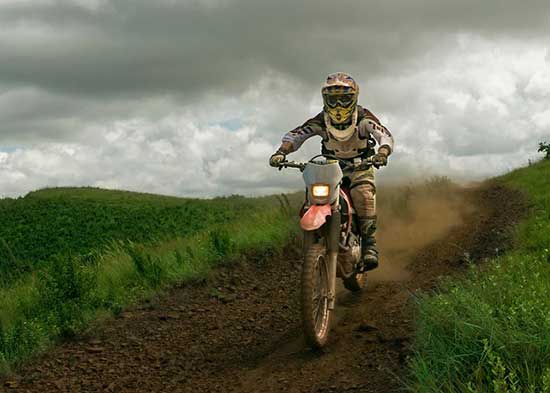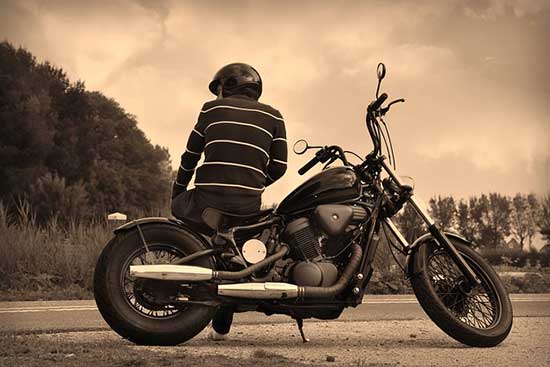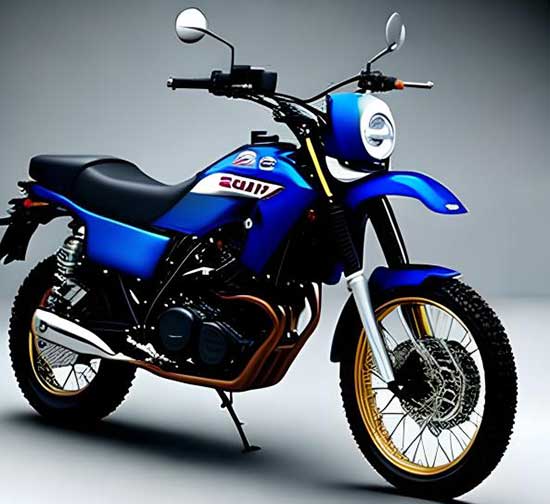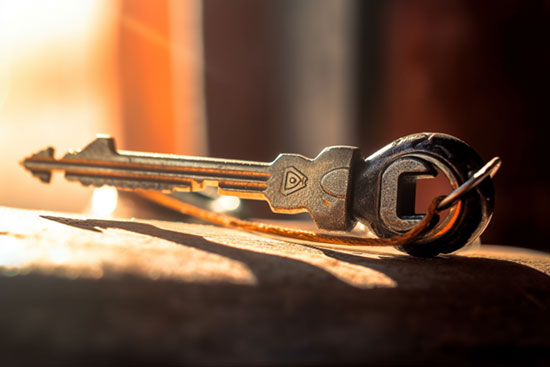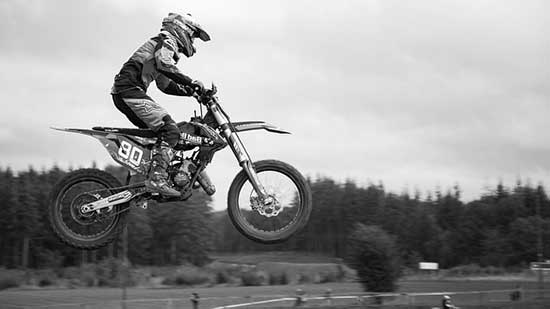So you’ve just replaced your motorcycle’s clutch, and you’re excited to hit the road. But when you pull the clutch lever, you notice that it’s not engaging as it should. This can be both frustrating and concerning.
Contents
Symptoms of a Clutch Not Engaging
When your motorcycle clutch is not engaging, you may notice the following symptoms:
- Difficulty shifting gears
- Grinding or crunching noise when attempting to shift
- The clutch lever feels loose or spongy
- The engine revs high, but the motorcycle doesn’t accelerate
Common Causes
Clutch Cable Issues
Clutch Cable Adjustment
One of the most common reasons for a clutch not engaging is an improperly adjusted clutch cable.
If the cable is too loose, it may not be pulling the clutch plates apart enough to allow gear shifts. On the other hand, if it’s too tight, the clutch may not fully engage, causing slipping and difficulty shifting.
Hydraulic Clutch Problems
Air in the Hydraulic System
Air trapped in the hydraulic clutch system can cause a spongy clutch lever feel and may prevent the clutch from engaging properly. Bleeding the system can resolve this issue.
Low Hydraulic Fluid
Low hydraulic fluid can also lead to clutch engagement issues. Inspect the fluid level and top it off if necessary. If you notice a leak, have it repaired promptly?
Clutch Plate Problems
Warped Clutch Plates
Heat and wear can cause clutch plates to warp, making it difficult for them to engage and disengage properly. This can lead to difficulty shifting and a lack of power transfer to the transmission.
Incorrect Clutch Plate Installation
During clutch replacement, the clutch plates may have been installed incorrectly, causing them to not engage as they should.
Double-check the installation to ensure the clutch plates are in the correct order and orientation.
Clutch Spring Issues
Damaged or weak clutch springs may not provide enough pressure to keep the clutch plates engaged. Inspect the springs for signs of wear, damage, or fatigue and replace them if necessary.
Troubleshooting Steps
Step 1: Inspect the Clutch Cable
Check the clutch cable for signs of damage, such as fraying or kinks. Adjust the cable tension according to your motorcycle’s specifications to ensure proper engagement.
Step 2: Check the Hydraulic System
If your motorcycle has a hydraulic clutch, inspect the fluid level and look for any leaks in the system.
Bleed the hydraulic system to remove any trapped air that may be causing a spongy clutch lever feel.
Step 3: Inspect the Clutch Plates
Remove the clutch cover and examine the clutch plates for signs of warping or damage. Ensure that the plates are installed in the correct order and orientation.
Step 4: Examine the Clutch Springs
Inspect the clutch springs for signs of wear or damage. Replace any weak or damaged springs to ensure proper pressure is applied to the clutch plates.
When to Seek Professional Help
If you’ve tried the troubleshooting steps above and your motorcycle’s clutch still isn’t engaging, it may be time to seek the help of a professional mechanic.
They can diagnose and repair any underlying issues that may be causing the problem.
Conclusion
A motorcycle clutch not engaging after replacement can be frustrating, but with some patience and troubleshooting, you can often identify and fix the problem yourself.
From clutch cable adjustments to hydraulic system checks and clutch plate inspections, following the steps outlined in this article can help you get back on the road in no time.
If all else fails, don’t hesitate to consult a professional mechanic to ensure your motorcycle’s clutch is functioning properly.

